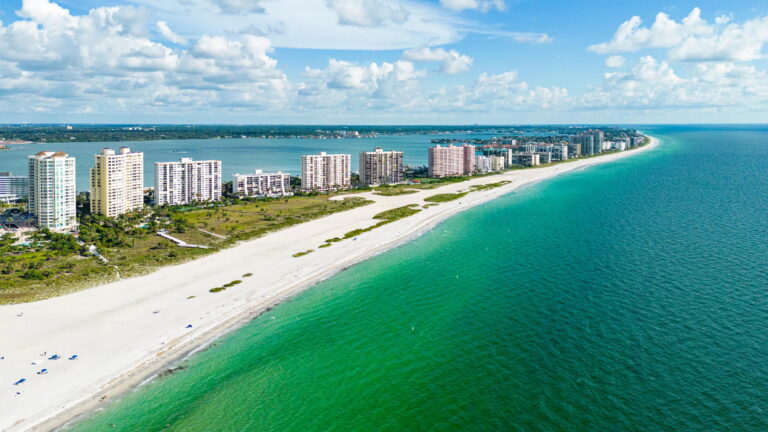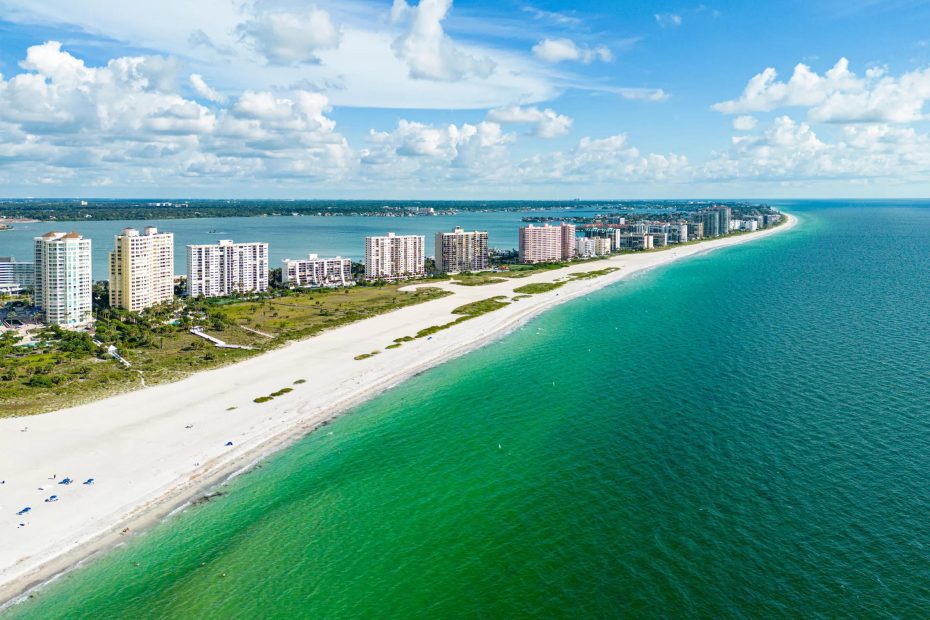
To play defense Rifense
The project is one of three being developed under a $67.6 million program launched by the US government's Defense Advanced Research Projects Agency (Darpa). The initiative, cheekily called Reefense, is a Pentagon effort to test whether “hybrid” reefs, which combine man-made structures with oysters or corals, can perform as well as a good old seawall. Darpa chose three research teams in 2022, all led by American universities. After two years of intensive research and development, their prototypes are starting to hit the water, with Rutgers's being the first.
Today, the Pentagon protects its coastal assets the same way civilians do: by hardening them. Common approaches include armoring the shore with retaining walls or placing heavy objects, such as rocks or concrete blocks, in long rows. But hardscape structures come with tradeoffs. They deflect wave energy rather than absorb it, so protecting your own coastline means exposing someone else's. They are also static: as sea levels rise and storms become stronger, it becomes easier for water to overcome these structures. This causes them to wear out faster and require constant expensive repairs.
In recent decades, a new idea has emerged: using nature as infrastructure. It turns out that restoring coastal habitats like swamps and mangroves helps block waves and storms. “Instead of armoring, you're using nature's natural ability to absorb wave energy,” says Donna Marie Bilkovic, a professor at the Virginia Institute for Marine Science. Darpa is particularly interested in two creatures whose numbers have been decimated by humans but which make great breakwaters when allowed to thrive: oysters and corals.
Oysters are effective wave killers because of the way they grow. The bivalves stack on top of each other in large, sturdy piles. The resulting structure, unlike a smooth seawall, is full of nooks, crannies and convolutions. When a wave hits, its energy is dispersed into these holes and further expended on the oysters' jagged, complex surfaces. Also unlike a sea wall, an oyster wall can grow. It has been shown that oysters can grow vertically at a rate consistent with sea level rise, suggesting that they will retain some protective value against higher tides and stronger storms.

